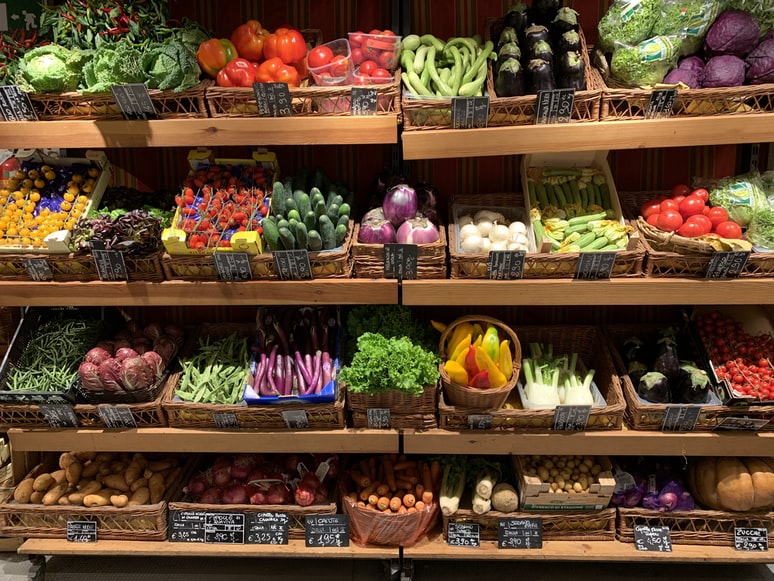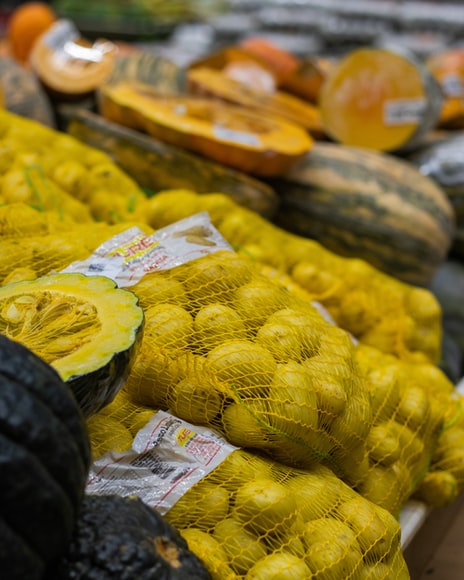Agriculture is the backbone of the Indian economy, with 58 percent of the population dependent on it for their means of survival. The diverse climatic and soil conditions in India allow the farmers to grow different varieties of fruits and vegetables. Such a favorable ecology has led to India becoming the second-largest fruit and vegetable producer (after China), accounting for 10.9% and 8.6% of the world’s fruit and vegetable production, respectively. The fruits and vegetable sector has also been one of the fastest-growing in recent years, especially in pandemic times, as the concept of a healthy diet has grown. Given the high population which leads to high consumption, there is a year-long demand for fruits and vegetables in the country, allowing farmers a huge potential to profit from this business. Many farmers, however, hesitate from growing fruits and vegetables, as these are more vulnerable to adverse weather and require more care. The inherent perishability and lack of cold chain only add to the risk for the farmer.
Despite these challenges, many farmers have created success stories growing and selling fruits and vegetables, reaping handsome profits. This has been made possible through diversification of crops, improved cold storage chains, organic farming, improved technology, and creating market linkages. In this article, we bring you some interesting insights on the profitability of the fruits and vegetable business in India, based on the real stories of a few farmers.

Vegetables and fruits are 4-8X more profitable than other crops – A huge population of Indian farmers had been growing rice and wheat for decades, following the legacy of their earlier generations. Such crops came with a defined MSP, providing reassurance to farmers. They never saw any profitability in fruits and vegetables. But things have changed in the last decade or so. Farmers are realizing the benefits of growing vegetables and fruits on their farms. As per the central agricultural ministry, fruits and vegetables can bring 4-8 times higher profit than other crops.
What other farmers have to say about the profitability of the fruit and vegetable business in India –
We spoke to a few farmers from different regions of the country to get a better insight into the profitability of the fruit and vegetable business. Here’s what they said –

When we spoke to a farmer from Bihar who grows cabbage, coriander, turnip, carrot, and broccoli on a rented 15 acre of land. He mentions how he earns almost as good as Rs. 1 lakh per acre profit in a good year. Although the profit may vary year on year, he still found vegetable farming more profitable than growing paddy where the crop takes months to grow and the profit is Rs. 25000 per acre at best. Another farmer from a small village in Uttarakhand gave us some estimates on his profits – Rs. 50,000 annually from bitter gourd over half an acre of land, Rs. 70,000 from french beans over one acre, and Rs. 1 lakh from potato over 1.75 acres. Of course, the profits can vary based on scale, irrigation facilities, and market availability but overall, there are good returns. Another smallholder farmer we spoke to mentioned how vegetables are more attractive to those like him with small farmlands. As a man with limited land, he saw merit in growing vegetables that do not take up space like row crops and yet, bring good yields and profits. Another farmer from Himachal spoke about how marketing the vegetables himself has brought him higher profits. By eliminating the role of middlemen, he has been able to get full benefit for his produce.
Riding the wave of organic for higher profits – Organic farming can be up to 35% more profitable than traditional agriculture as organic products have garnered better prices and farmers can also save on costs by eliminating pesticides and herbicides. More and more customers today are willing to pay higher prices for quality products. Health and environment-conscious consumers are supporting the growth of the organic agricultural sector in many ways. In Kerala, more than 1,00,000 farmers have switched to organic farming practices. By 2030, Meghalaya aims to turn 2,00,000 hectares of land into organic farming. Farmers can also avail government schemes like Paramparagat Krishi Vikas Yojana, National Project on Organic Farming, National Programme for Organic Production, and many more for financial assistance, certifications, technical knowledge, etc. While the northeast is already greatly benefiting from organic farming, states like Uttarakhand, Odisha, Karnataka are taking matters into their own hands, by organizing haats, fairs, buyer-seller meets, organic kitchens, aiming to improve profits and become 100% organic states.
Tapping into exports for increased profits – At present, India’s share in the global fruits and vegetable export market is nearly 1% only. However, the number is rapidly increasing with almost Rs 9940 crores worth exported in 2020-21. This has been made possible due to developments in cold chain infrastructure, post-harvest handling, and quality assurance. As a farmer, you can start with a small investment and expect a high return on investment by exporting to countries like Indonesia, the USA, Malaysia, Australia. The export of organic vegetables has also grown tremendously due to rising demand and higher profits.

Overall, the profitability of vegetables and fruits is dependent on a number of factors. But improved irrigation, availability of disease-resistant seeds, and better marketing channels have made vegetables and fruits less risky to sell and more profitable. From tribal farmers in Jharkhand to the remote farmers of the northeast, all have been able to create success stories by starting small and garnering high returns with fruits and vegetables.
